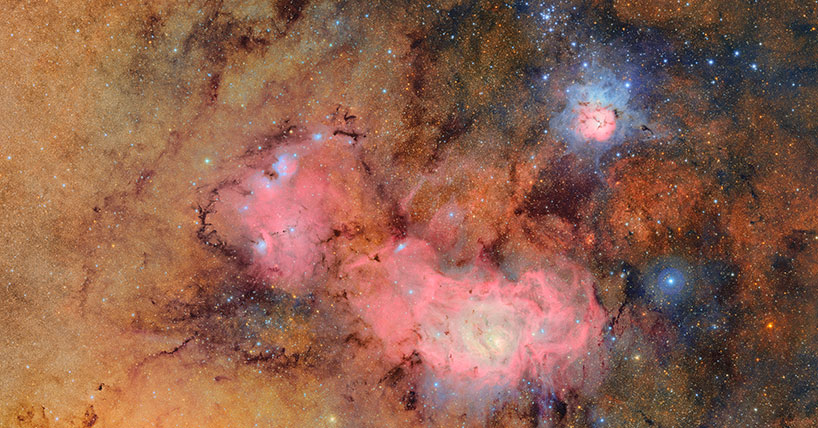Titanic dive
Titanic sub dive reveals extent of shipwreck deterioration
Published on: 23 August 2019
Expedition scientist, Dr Clare Fitzsimmons has been part of the crew which has revealed how the Titanic is being devoured by metal-eating bacteria.
In the first ever exploration of the shipwreck in nearly 15 years, the international team of explorers surveyed the sunken ship and found it to be deteriorating rapidly.
The once grand RMS Titanic has been sitting 370 miles off the coast of Newfoundland, Canada and 3800m below the surface of the North Atlantic Ocean since 1912.
Despite conditions of water temperature of 1 degree Celcius and pitch black water, bacteria is thriving on the wreck.
"There are microbes on the shipwreck that are eating away the iron of the wreck itself, creating 'rusticle' structures, which is a much weaker form of the metal," expedition scientist and marine researcher Dr Fitzsimmons from Newcastle University told the BBC.
These rusticles - stalactites of rust hanging off the wreck - are so fragile that they can crumble into a cloud of dust if disturbed.
Atlantic-Productions-grid.jpg)
Deep sea revelations
The passenger liner, which was the largest ship of its time, hit an iceberg on its maiden voyage from Southampton to New York in 1912. Of the 2,200 passengers and crew, more than 1,500 died.
The Titanic expedition used 4.6m-long, 3.7m-high submersible - called the DSV Limiting Factor – to dive down to the wreck to survey the ship in the first ever expedition in 14 years.
Parks Stephenson, Titanic Historian said: “The most shocking area of deterioration was the starboard side of the officer’s quarters, where the captain’s quarters were. Captain’s bath tub is a favourite image among the Titanic enthusiasts, and that’s now gone. That whole deck hole on that side is collapsing taking with it the staterooms, and the deterioration is going to continue advancing.”
Victor Vescovo, CEO of Caladan Oceanic and Submersible pilot added: “It’s a big wreck, I wasn’t quite prepared for how large it was. It was extraordinary to see it all, and the most amazing moment came when I was going along the side of the Titanic and the bright lights of the submersible reflected off a portal and came right back, it was like the ship was winking at me. It was amazing.”
The team performed dedicated photogrammetry passes on the wreck, allowing highly accurate and photoreal 3D models of RMS Titanic to be produced. These will help assess the wreck’s current condition and project its future, as well as making it possible to visualise the wreck using augmented reality (AR) and virtual reality (VR) technology.
The scientists of the expedition will publish the full results alongside a documentary film being made by BAFTA and Emmy award-winning Atlantic Productions, London.



